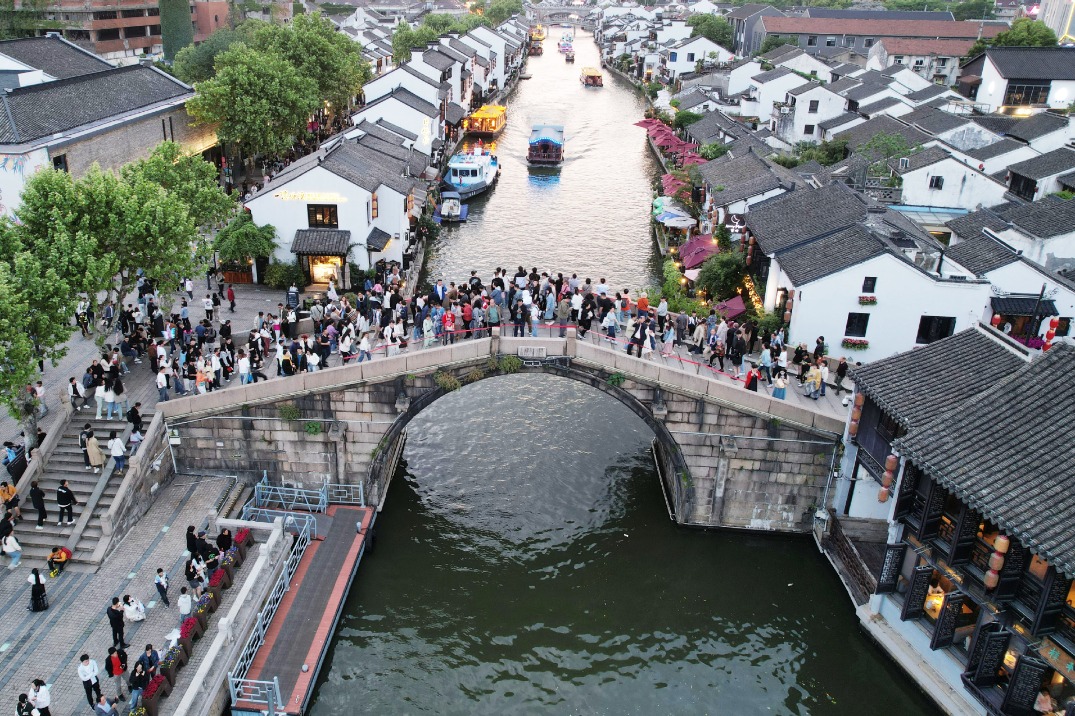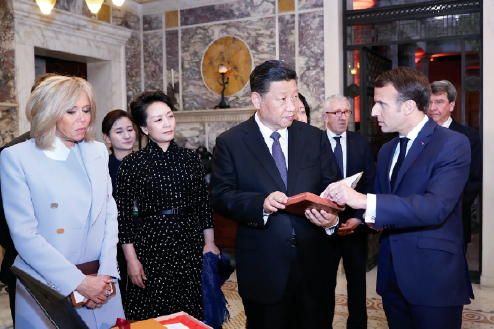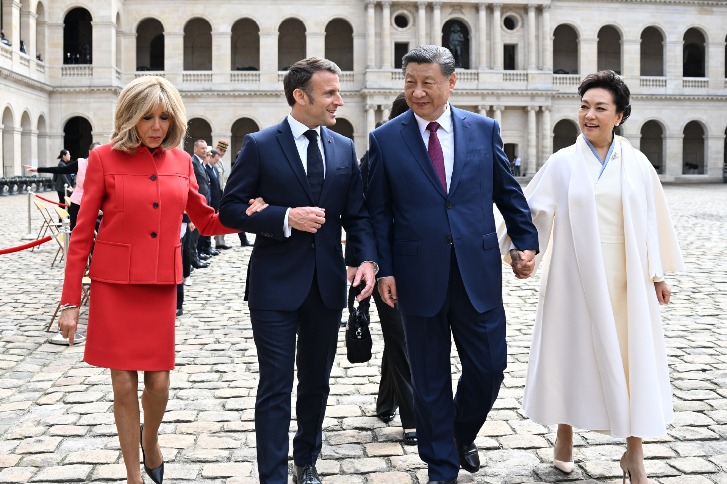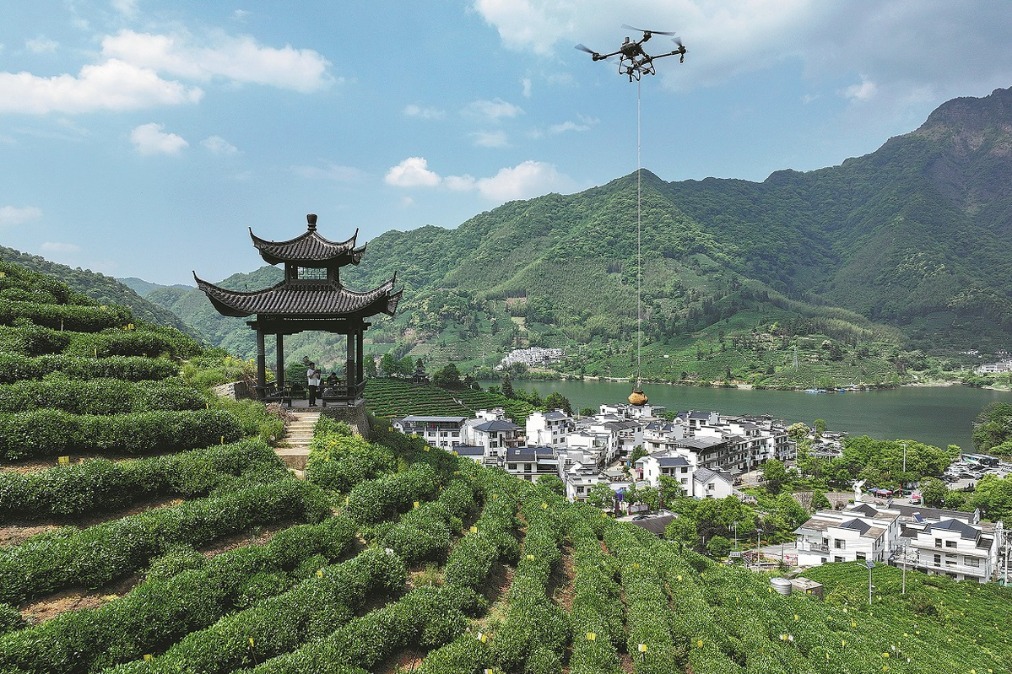Landscape of the mind
By ZHAO XU | China Daily | Updated: 2023-06-17 08:36
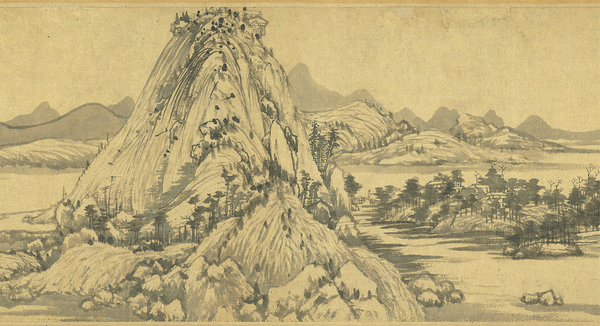
It's only natural, says Scheier-Dolberg, who considers Huang's Dwelling in the Fuchun Mountains, painted between 1348 and 1350, "the greatest surviving painting in Chinese history".
"The reason those of us who love Chinese literati painting love it is that you can enjoy it 100 percent as abstract art and you can enjoy it 100 percent as representational art," he says. "It's a landscape — it does take you somewhere. But it's also brush-strokes, so expressive of the artist himself and so exquisite that they exist at a whole other level."
"You look at that painting and you can have the entire experience you would have looking at a Jackson Pollock, plus the entire experience you would have looking at the landscape through a window," the curator adds.
The painting was at one point owned by Dong Qichang (1555-1636), a man who many today believe had dominated the Chinese art scene for 300 years until the early 20th century. "My model! My model!" Dong raved about on the 7-meter-long handscroll, which he probably had gazed upon to his heart's content, before selling it reluctantly to a private collector, who later passed it on to his own son, a man named Wu Hongyu.
In 1650, shortly after Wu's death, the painting was committed to the flames by people carrying out Wu's posthumous will to have it burned so that he could take it with him to his afterlife. A family member jumped to its rescue on the spot, but the painting was already partially destroyed and broken into two parts, which eventually found their separate ways to the Palace Museum in Taipei and the Zhejiang Provincial Museum in Hangzhou city, not far away from the Fuchun Mountains it depicts. The two parts were united briefly during an exhibition held in Taiwan in 2011.
"This kind of treasure is watched over by ghosts and spirits and jealously guarded by heaven and earth," wrote Li Moyuan, a 19th-century collector, in a colophon to his most prized item — the combined album of Wang Hui and Wang Shimin. The man would probably have similar things to say about Huang Gongwang's painting.
In that same colophon, Li, humbled by the two masters' brushwork to question himself "who am I to possess this?", recounted in detail the passing of the original two albums to Qiuya, one of Wang Shimin's grandsons, after the elder Wang's passing. That was before the works went through various travails in the ensuing century.
Back in 1714, Qiuya paid a visit to Wang Hui and showed him the album of paintings the latter created exactly four decades earlier, at the request of his grandfather Wang Shimin.
"When Master Fengchang (Wang Shimin) asked me to do this album, he was 83 … now I am of the same age," an apparently emotional Wang Hui lamented in writing attached to the existing album and now on view at the exhibition.
"The bonds of brush and ink that connect me with three generations of the Wang family cannot have been an accident."
Contact the writer at zhaoxu@chinadaily.com.cn





